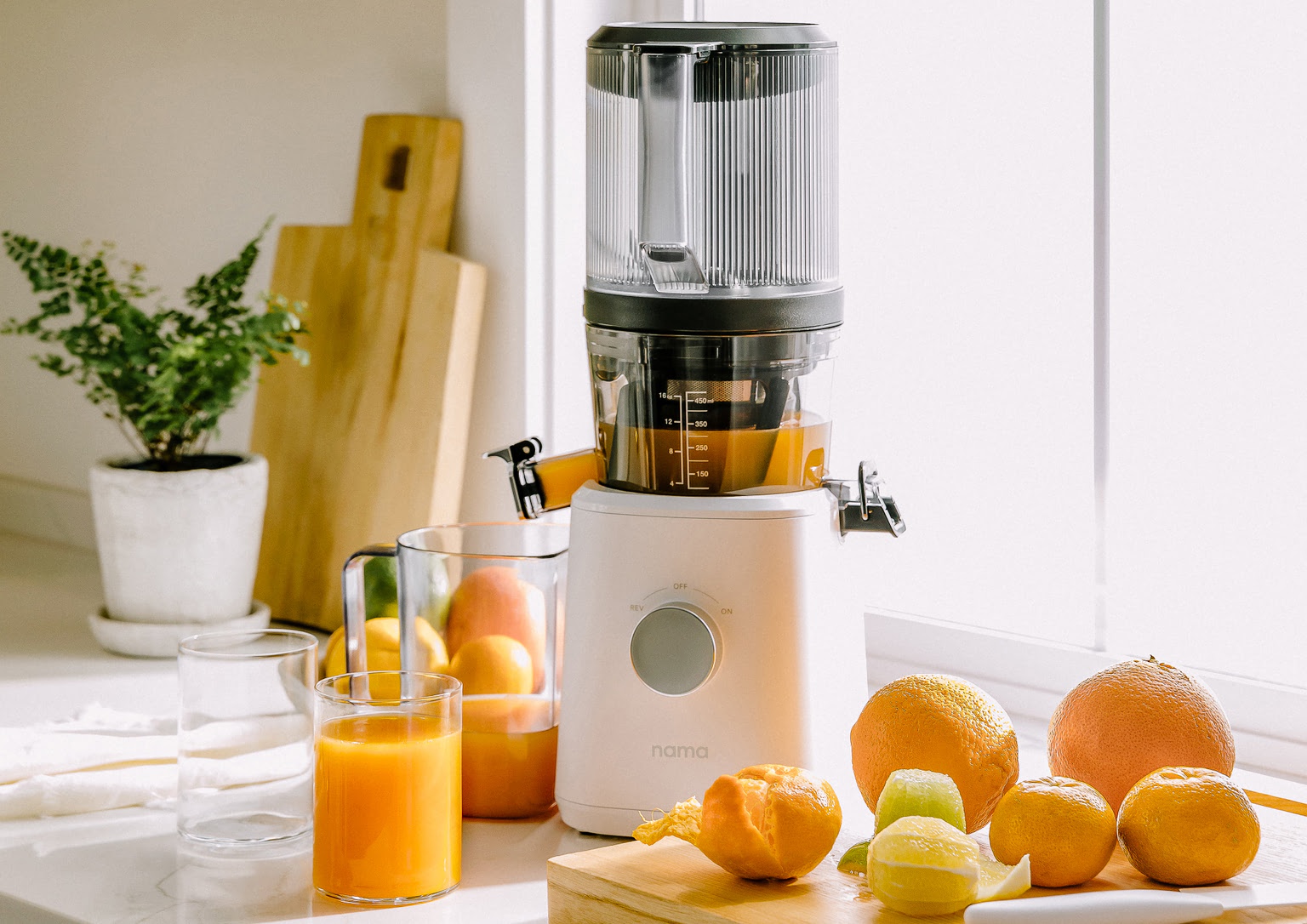

Articles
Where Is Nama Juicer Made
Modified: January 6, 2024
Discover where Nama Juicer is made and find insightful articles on the manufacturing process, quality control, and the brand's commitment to sustainability.
(Many of the links in this article redirect to a specific reviewed product. Your purchase of these products through affiliate links helps to generate commission for Storables.com, at no extra cost. Learn more)
Introduction
Welcome to the world of juicing, where health enthusiasts and nutrition-conscious individuals seek the perfect equipment to make their favorite juices. One name that has become synonymous with high-quality juicers is Nama Juicer. With its sleek design, exceptional performance, and commitment to using premium materials, Nama Juicer has quickly gained popularity among juicing enthusiasts.
In this article, we will delve into the manufacturing process of Nama Juicer and shed light on where these top-of-the-line juicers are made. Understanding the manufacturing location of a product can provide valuable insights into its quality, craftsmanship, and overall value. So, let’s explore the world of Nama Juicer and discover where these remarkable machines are brought to life.
Key Takeaways:
- Nama Juicer’s meticulous manufacturing process in Los Angeles, California, ensures top-notch quality, durability, and reliability, supported by the use of premium materials and rigorous testing.
- The strategic choice of manufacturing location not only benefits Nama Juicer’s quality control and customer responsiveness but also contributes to the local economy and environmental sustainability.
Read more: Where Can I Buy A Nama Juicer
Understanding Nama Juicer
Nama Juicer is a renowned brand in the juicing industry, known for its commitment to delivering high-performance juicers that prioritize nutrient retention and juice quality. What sets Nama Juicer apart from other juicers on the market is its innovative technology and dedication to creating a juicing experience that maximizes health benefits.
One of the standout features of Nama Juicer is its cold press technology. Unlike conventional juicers that use high-speed blades to extract juice, Nama Juicer utilizes a slow and gentle squeezing process. This method minimizes heat and oxidation, preserving the vital nutrients and enzymes found in fruits and vegetables.
Another key aspect of Nama Juicer is its versatility. These juicers are designed to handle a wide variety of produce, including leafy greens, hard vegetables, and even nuts for making nut milk. With multiple attachments and adjustable settings, Nama Juicers provide users with the flexibility to create a variety of juice recipes to suit their tastes and dietary needs.
Moreover, Nama Juicer places a strong emphasis on durability and ease of use. These juicers are crafted with high-quality materials and robust components, ensuring long-lasting performance. Additionally, they feature user-friendly designs and intuitive controls, making them accessible to both beginners and experienced juicers.
Now that we have gained a deeper understanding of Nama Juicer and its commitment to excellence, let’s take a closer look at the manufacturing process of these exceptional juicers to understand how they come to life.
The Manufacturing Process
The manufacturing process of Nama Juicers is a meticulous and precise journey that involves several stages to ensure the highest quality standards. From sourcing the materials to final assembly, every step is carefully executed to create juicers that are efficient, durable, and reliable.
The process begins with the selection of premium materials that meet Nama Juicer’s strict criteria for durability and performance. The components, such as the juicing chamber, auger, and filters, are carefully crafted from high-grade food-safe materials that are designed to withstand the rigors of juicing and maintain optimal juice quality.
Once the materials are sourced, they undergo a detailed manufacturing process. The juicing chamber and auger are precision-molded to ensure a perfect fit and seamless operation. The filters are meticulously designed to deliver optimal juice yield with minimal pulp residue. Each component is inspected for quality control, ensuring that only the best parts are used in the final product.
After the individual parts are manufactured, they go through an assembly process where skilled technicians meticulously put each component together. The assembly process requires careful attention to detail and precision to ensure that the juicer functions flawlessly and delivers consistent performance.
As the final stage of the manufacturing process, the assembled juicers undergo rigorous testing to ensure that they meet Nama Juicer’s stringent quality standards. This includes performance testing, where the juicers are put through extensive juicing sessions to assess their efficiency and juice extraction capabilities. Any juicers that do not meet the desired performance benchmarks are rejected and sent back for adjustments or further refinement.
The dedication to quality control and thorough testing ensures that every Nama Juicer that reaches the hands of consumers is a reliable and efficient machine that delivers exceptional juicing results.
Now that we have a better understanding of the intricate manufacturing process behind Nama Juicers, let’s explore the materials used in these top-of-the-line juicers.
Materials Used in Nama Juicer
Nama Juicer is committed to using premium materials that meet the highest industry standards, ensuring durability, safety, and optimal performance. Each component of Nama Juicer is carefully selected and crafted to deliver a reliable and efficient juicing experience.
One of the primary materials used in Nama Juicer is food-grade stainless steel. This high-quality stainless steel is corrosion-resistant and non-reactive, ensuring that it does not affect the taste or quality of the juice. The stainless steel components, such as the juicing chamber and auger, are designed to withstand the pressure and friction required for efficient juicing while maintaining their integrity over time.
The juicing screens and filters are made from BPA-free and food-safe materials that ensure the smooth flow of juice while separating the pulp efficiently. These materials are carefully chosen to withstand the mechanical stress of juicing while providing optimal filtration to yield juice of the highest quality.
In addition to stainless steel and BPA-free materials, Nama Juicer also utilizes durable and food-grade plastics in certain components. These plastics are carefully selected to meet safety standards and maintain the integrity of the juice. They are designed to withstand the pressure and movement involved in the juicing process.
Furthermore, Nama Juicer incorporates high-quality silicone seals and gaskets to ensure a tight and secure fit. These silicone components help prevent leaks and maintain the integrity of the juicing process. They are chosen for their durability and resistance to wear and tear.
By using these premium materials, Nama Juicer ensures that their juicers are not only safe to use and easy to clean but also highly durable. The focus on quality materials contributes to the overall longevity and performance of Nama Juicer machines.
Now that we have explored the materials used in Nama Juicer, let’s move on to discussing the rigorous quality assurance and testing processes.
Check the product packaging or the company’s website for information on where the Nama Juicer is made. You can also reach out to the manufacturer directly for this information.
Quality Assurance and Testing
At Nama Juicer, quality assurance is a top priority. The brand is committed to delivering juicers that meet the highest standards of performance, durability, and safety. To ensure this, Nama Juicer implements a comprehensive quality assurance and testing process throughout the manufacturing journey.
Throughout the manufacturing process, each individual component of the juicer undergoes strict quality control inspections. This includes the assessment of dimensions, tolerances, and overall quality to ensure that only parts of the highest standard are used in the final assembly.
Once the juicers are fully assembled, they undergo a series of stringent testing procedures. This includes performance testing, where the juicers are put through simulated juicing sessions to evaluate their efficiency, juice yield, and overall performance. This testing phase is crucial in determining whether the juicers meet Nama Juicer’s high-performance standards.
In addition to performance testing, Nama Juicer also conducts safety testing. This includes checks for electrical safety, such as insulation resistance and grounding, to ensure that the juicers meet electrical safety regulations and can be used with peace of mind.
Beyond performance and safety testing, Nama Juicer also conducts durability and reliability testing. This involves subjecting the juicers to extended periods of use and wear to assess their ability to withstand the demands of daily juicing. This testing process helps identify and address any potential weaknesses or areas for improvement.
The quality assurance and testing process at Nama Juicer is rigorous and thorough, with the primary goal of delivering juicers that are reliable, efficient, and durable. The commitment to quality is evident in every aspect of the manufacturing and testing phases, ensuring that consumers receive a product that exceeds their expectations.
Now that we have explored the quality assurance and testing processes, let’s uncover the manufacturing location of Nama Juicer.
Read more: Where Are Pillows Made
Manufacturing Location
The manufacturing location of a product can play a significant role in its overall quality, efficiency, and environmental impact. When it comes to Nama Juicer, the manufacturing is primarily done in the United States.
Located in Los Angeles, California, Nama Juicer benefits from being in a region known for its technological advancements and commitment to quality manufacturing practices. California is also home to a vibrant health and wellness community, making it an ideal location for producing the innovative and nutrition-focused Nama Juicers.
The decision to manufacture in the United States allows Nama Juicer to closely monitor and control each stage of the manufacturing process. This includes sourcing high-quality materials, implementing rigorous quality standards, and maintaining ethical production practices.
By keeping the manufacturing process in-house, Nama Juicer can ensure efficient communication between design, engineering, and production teams. This streamlined approach allows for quick problem-solving, iterative improvements, and flexibility in meeting customer demands.
Additionally, manufacturing in the United States allows Nama Juicer to support local industries, job creation, and the overall economy. It enables the brand to contribute to the community by providing employment opportunities and fostering economic growth.
Furthermore, by manufacturing in close proximity to their customer base, Nama Juicer can reduce transportation costs and environmental impact. This aligns with the brand’s commitment to sustainability and minimizing their carbon footprint.
In summary, Nama Juicer is manufactured in Los Angeles, California, leveraging the region’s technological expertise, health-conscious community, and commitment to quality. By keeping production in-house, Nama Juicer can ensure superior quality control, efficient communication, and support for the local economy.
Now that we have explored the manufacturing location of Nama Juicer, let’s move on to discuss the benefits of this choice.
Benefits of Nama Juicer’s Manufacturing Location
The decision to manufacture Nama Juicer in Los Angeles, California, brings several benefits to the brand, its customers, and the environment. Let’s explore some of the key advantages of Nama Juicer’s manufacturing location:
1. Quality Control: By having the manufacturing process in close proximity, Nama Juicer can closely monitor and control each stage of production. This includes sourcing high-quality materials, implementing stringent quality standards, and ensuring attention to detail in every aspect of manufacturing.
2. Efficient Communication: Having design, engineering, and production teams in the same location enables efficient communication and collaboration. Any design improvements, feedback, or issues can be addressed quickly, resulting in faster product development and improvement cycles.
3. Responsiveness to Customer Demand: Being located near the customer base allows Nama Juicer to respond quickly to customer feedback and demands. They can make adjustments in real-time to meet market preferences, ensuring that their products cater to the needs and expectations of their customers.
4. Local Support and Job Creation: Manufacturing in the United States contributes to the local economy by providing job opportunities and supporting local industries. Nama Juicer’s presence in the community helps create and sustain employment, driving economic growth and benefiting the surrounding area.
5. Reduced Environmental Impact: Manufacturing in close proximity to the customer base helps reduce transportation costs and the carbon footprint associated with long-distance shipping. This aligns with Nama Juicer’s commitment to sustainability, minimizing their environmental impact, and promoting eco-friendly practices.
6. Access to Technological Expertise: Los Angeles is known for its technological advancements and innovation. Being located in such a technologically advanced region gives Nama Juicer access to cutting-edge technology, research, and development resources, allowing them to continuously improve their products and stay ahead of the curve.
The choice of manufacturing location for Nama Juicer showcases a strategic approach that combines quality control, customer responsiveness, community support, and environmental consciousness. By manufacturing in Los Angeles, Nama Juicer can deliver a superior product while making a positive impact on both the local and global scale.
Now that we have explored the benefits arising from Nama Juicer’s manufacturing location, let’s conclude our discussion.
Conclusion
Nama Juicer is a brand that exemplifies excellence in the world of juicing. With its commitment to quality, innovative technology, and dedication to delivering the best juicing experience, Nama Juicer has gained a reputation as a top choice for health-conscious individuals.
Throughout this article, we have explored various aspects of Nama Juicer, including its manufacturing process, materials used, quality assurance procedures, and the strategic choice of its manufacturing location. Understanding these aspects provides valuable insights into the brand’s commitment to quality and customer satisfaction.
The manufacturing process of Nama Juicer involves careful selection of premium materials and meticulous assembly to ensure durability, performance, and overall product excellence. The use of food-grade stainless steel, BPA-free materials, and durable plastics contribute to the long-lasting quality and reliability of Nama Juicer machines.
Quality assurance and testing play vital roles in the manufacturing journey of Nama Juicer. By conducting rigorous inspections, performance evaluations, safety checks, and durability testing, Nama Juicer ensures that only the highest quality juicers reach the hands of consumers.
Manufacturing Nama Juicer in Los Angeles, California, brings numerous benefits to the brand and its customers. The close proximity enables efficient communication, quick problem-solving, and responsiveness to customer demands. It also supports the local economy, provides job opportunities, and reduces the environmental impact by minimizing transportation costs.
In conclusion, Nama Juicer stands out as a brand that prioritizes quality, innovation, and customer satisfaction. By understanding the intricacies of its manufacturing process and the thoughtful choice of its manufacturing location, consumers can have confidence in the reliability, efficiency, and durability of Nama Juicer machines.
So, whether you’re a health enthusiast looking to embrace the benefits of juicing or a seasoned juicer seeking an upgrade, Nama Juicer is a brand that can fulfill your juicing needs and bring you one step closer to a healthier lifestyle.
Frequently Asked Questions about Where Is Nama Juicer Made
Was this page helpful?
At Storables.com, we guarantee accurate and reliable information. Our content, validated by Expert Board Contributors, is crafted following stringent Editorial Policies. We're committed to providing you with well-researched, expert-backed insights for all your informational needs.
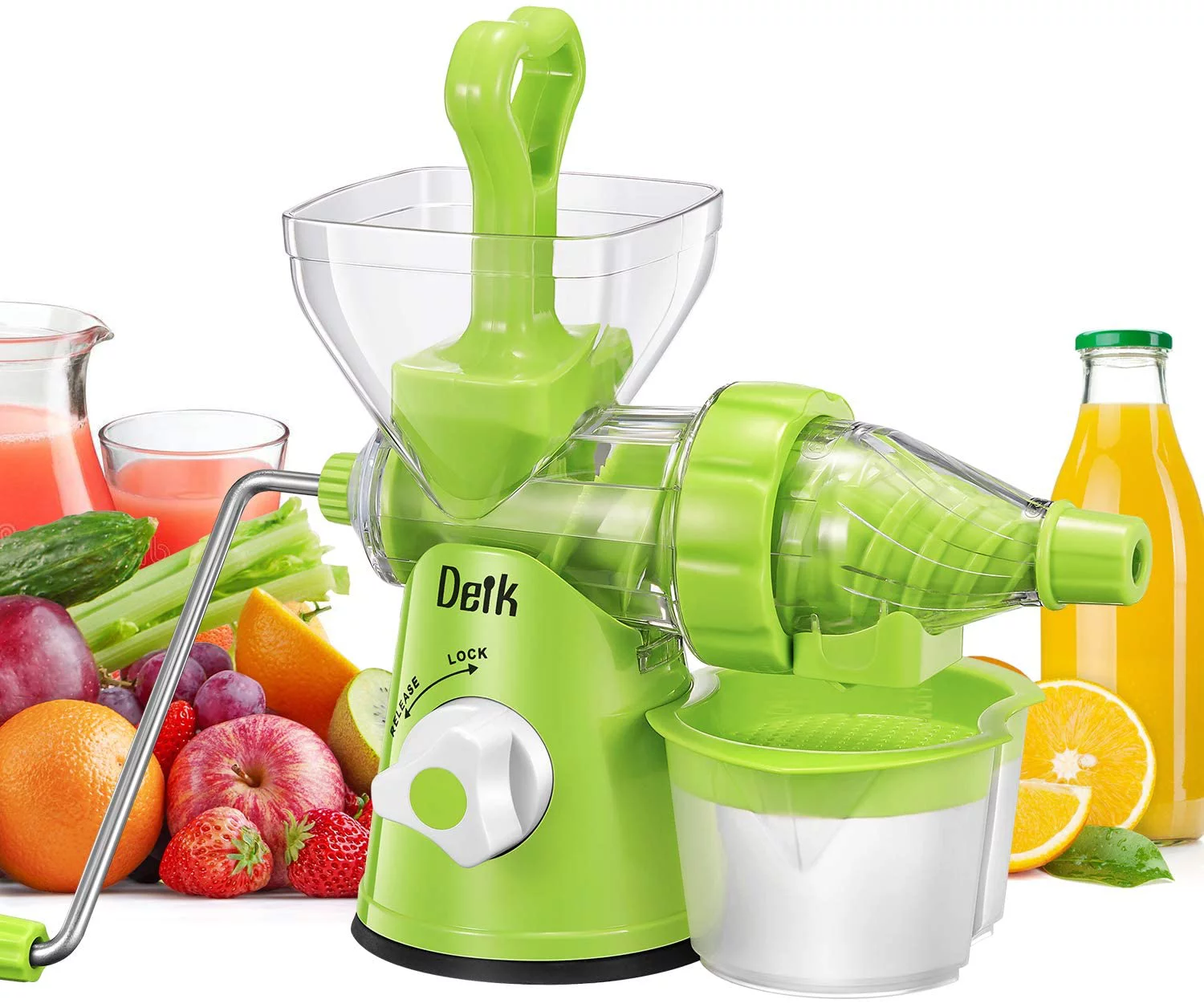
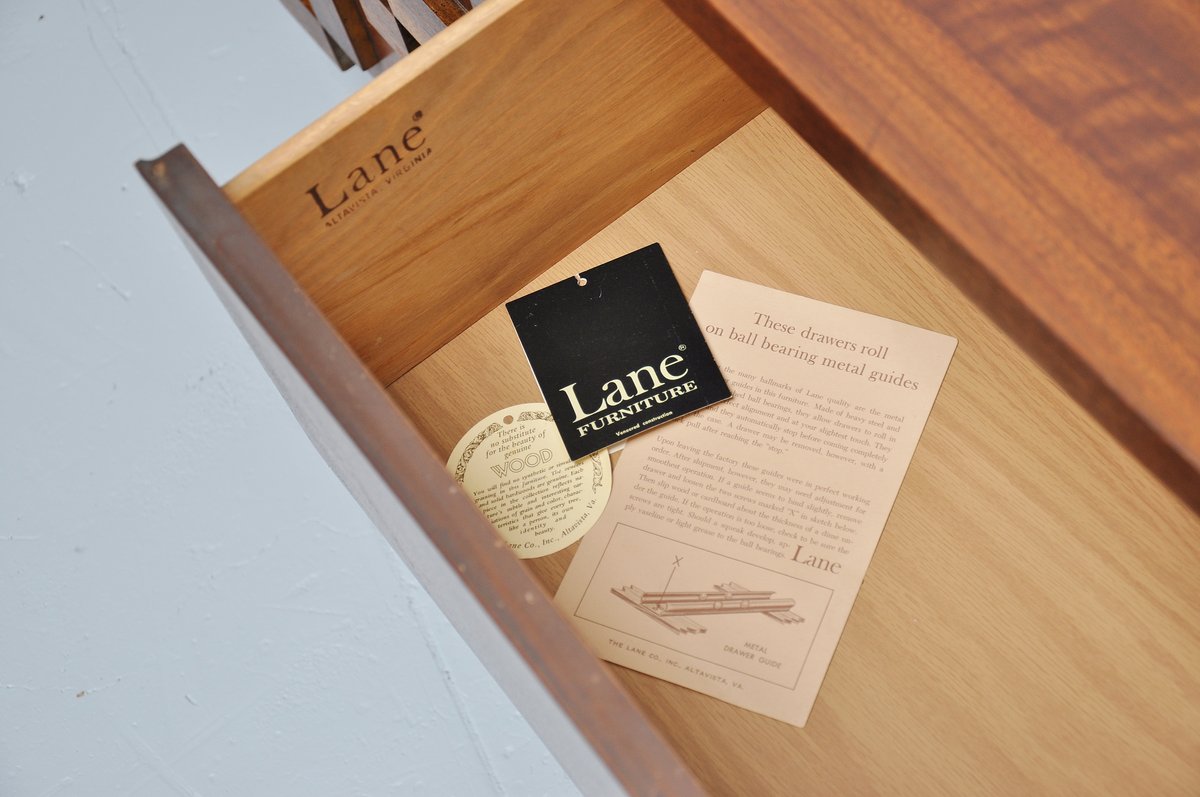

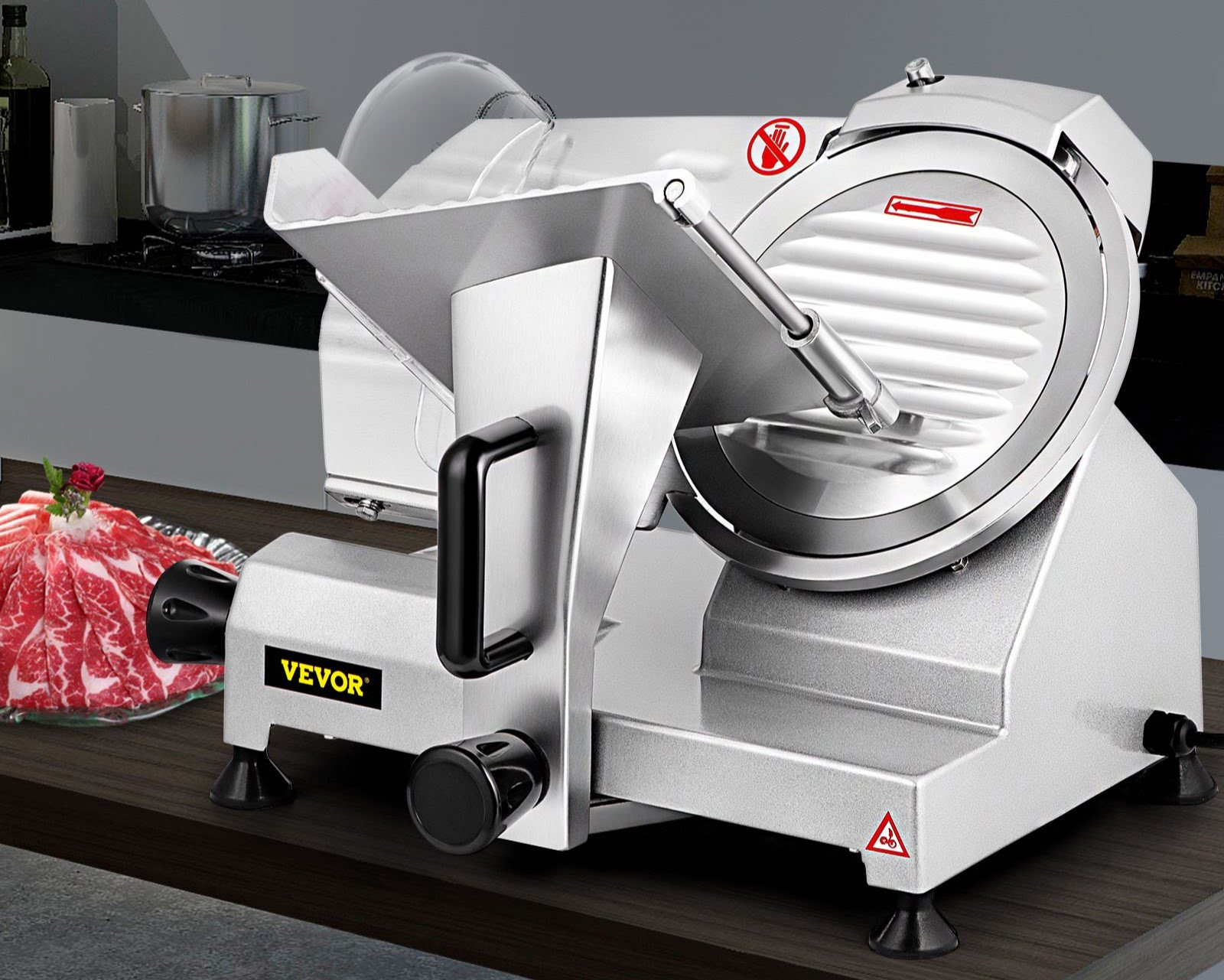

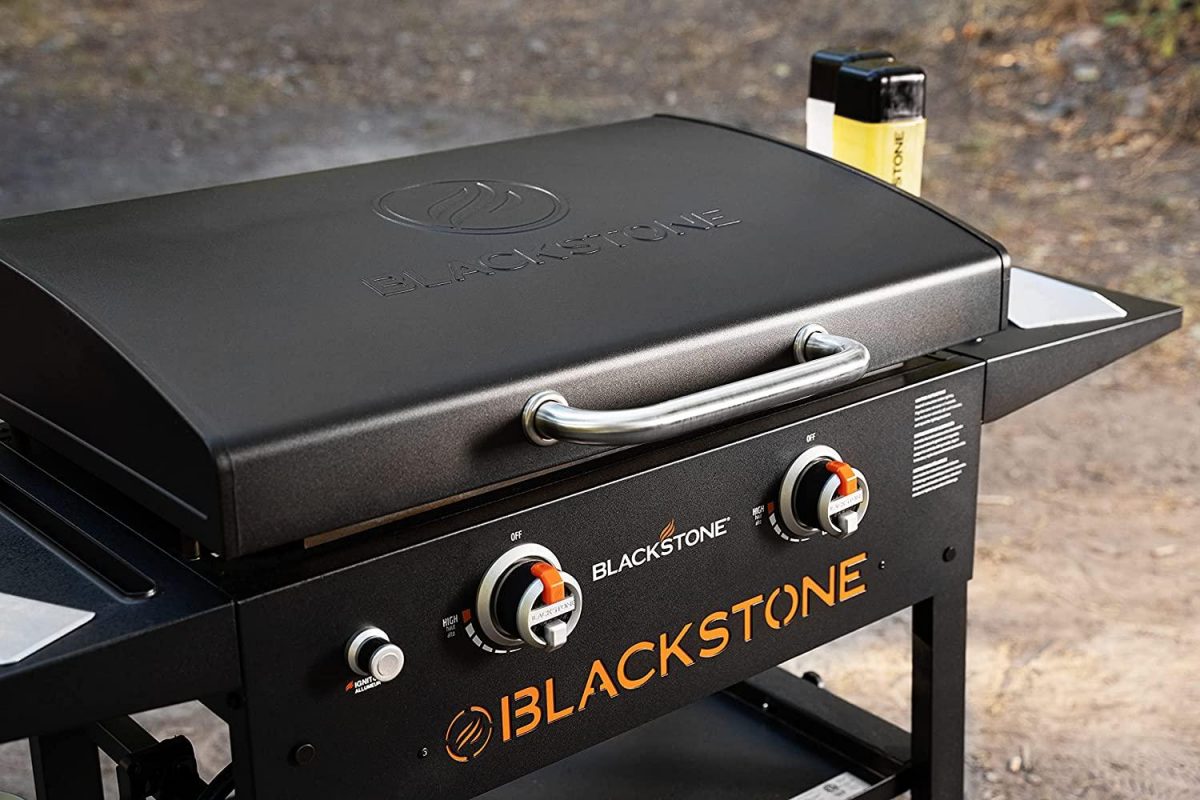
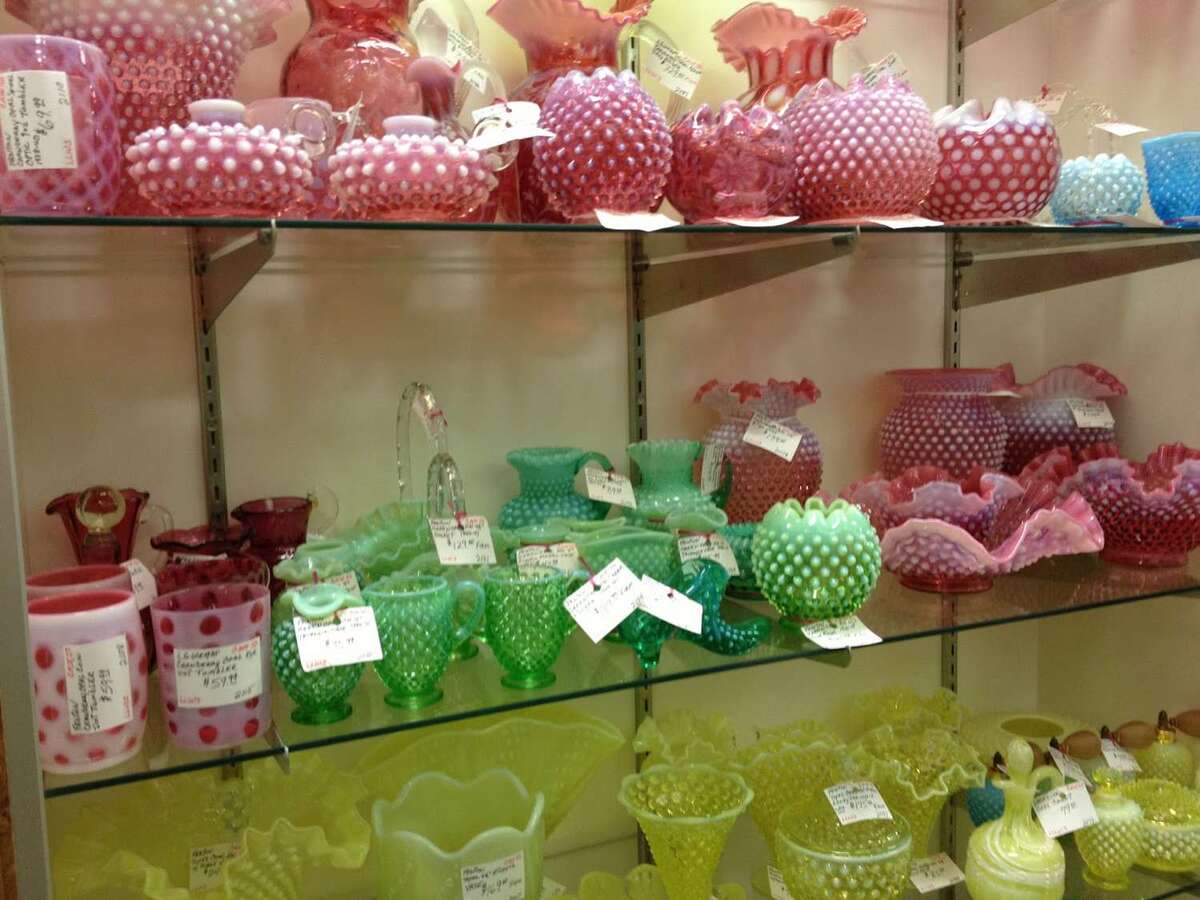
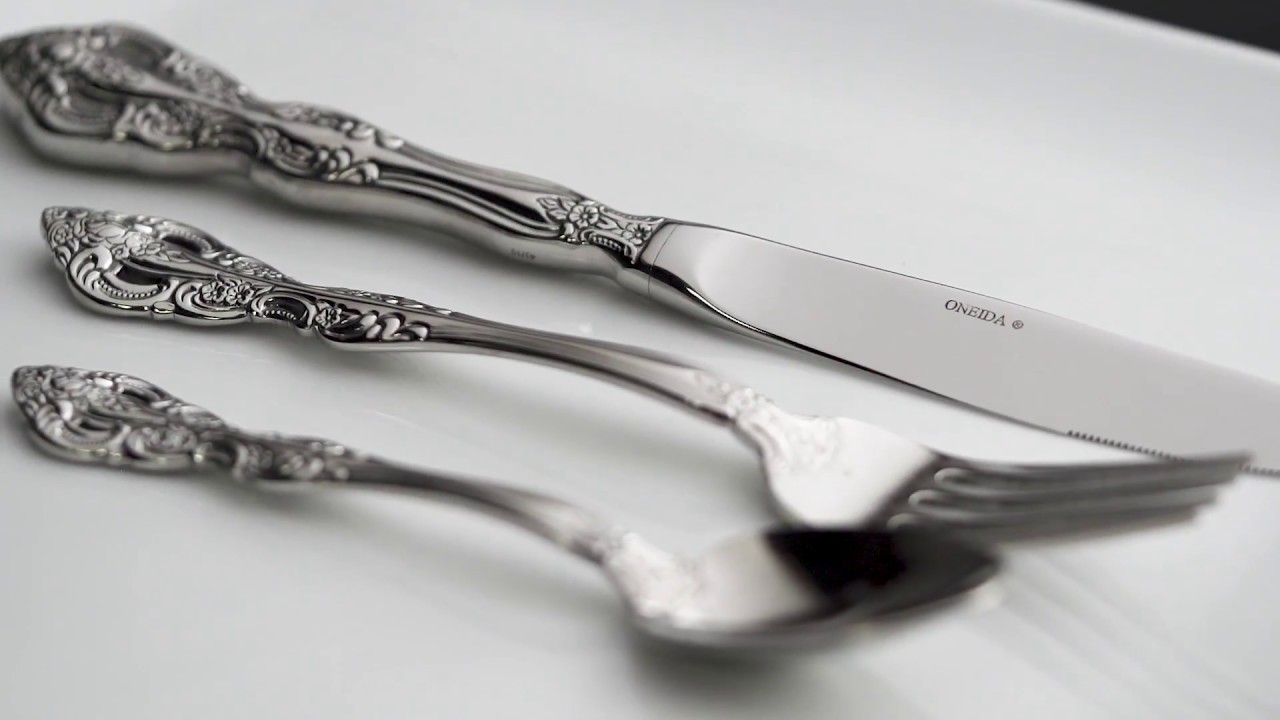

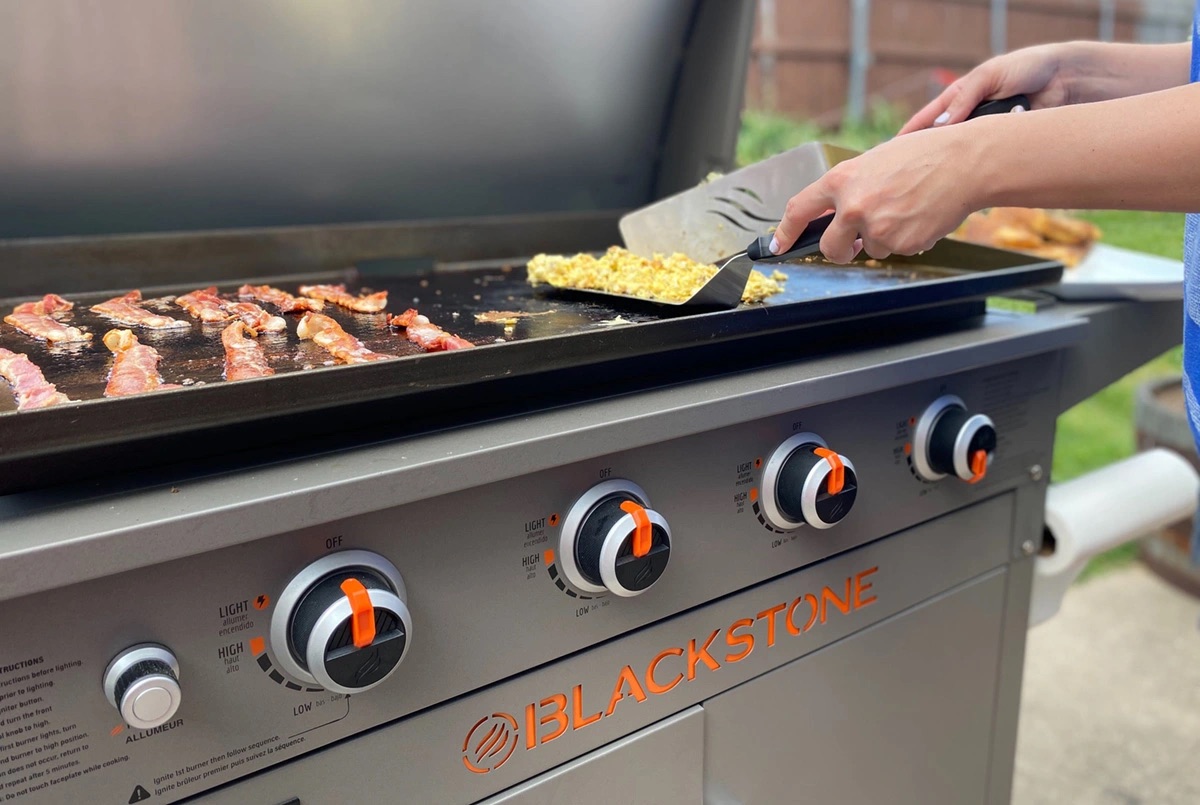
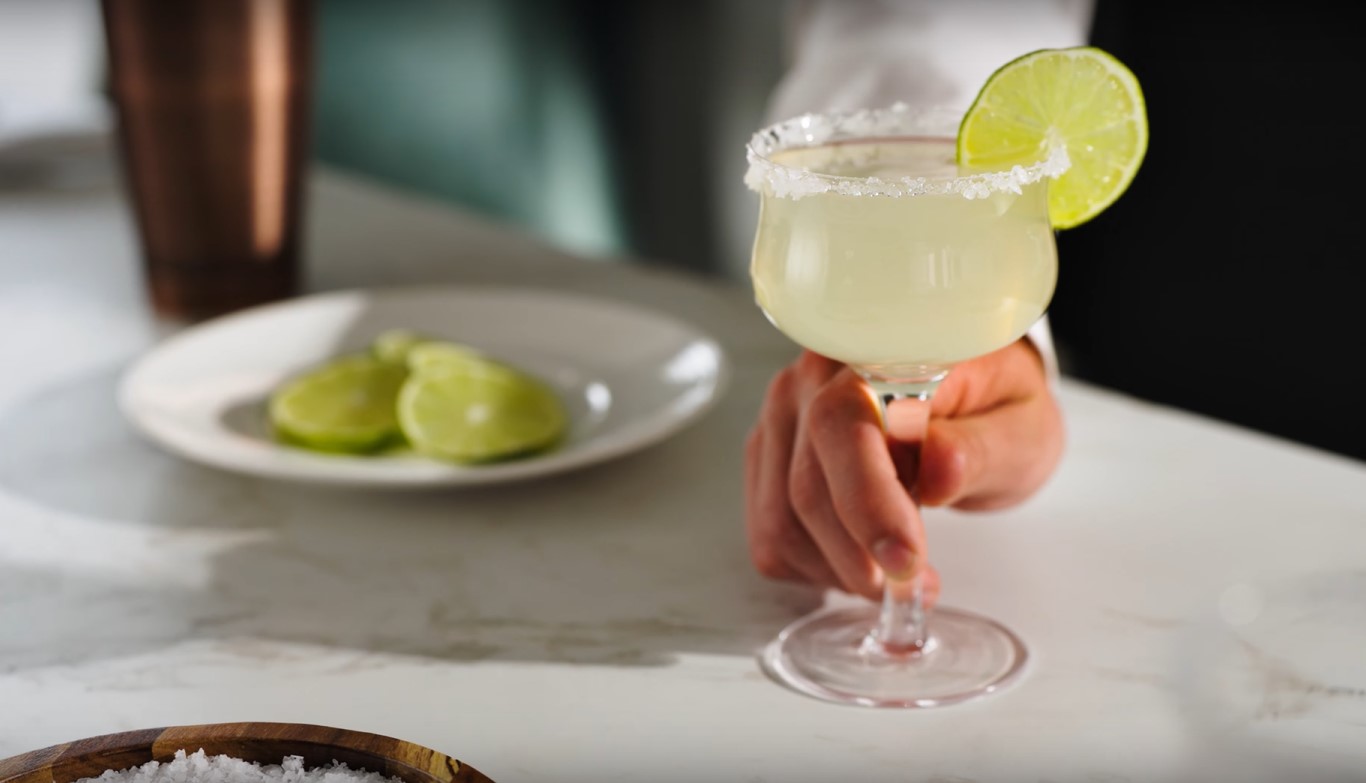
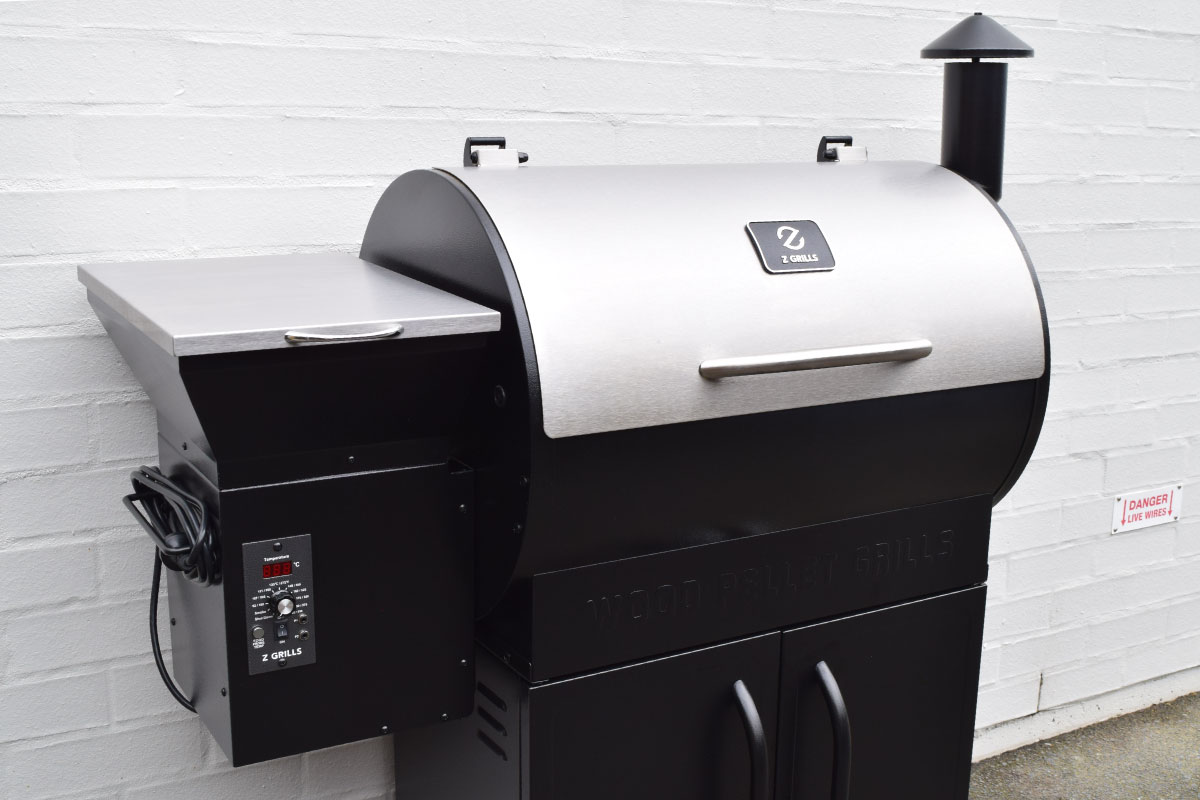
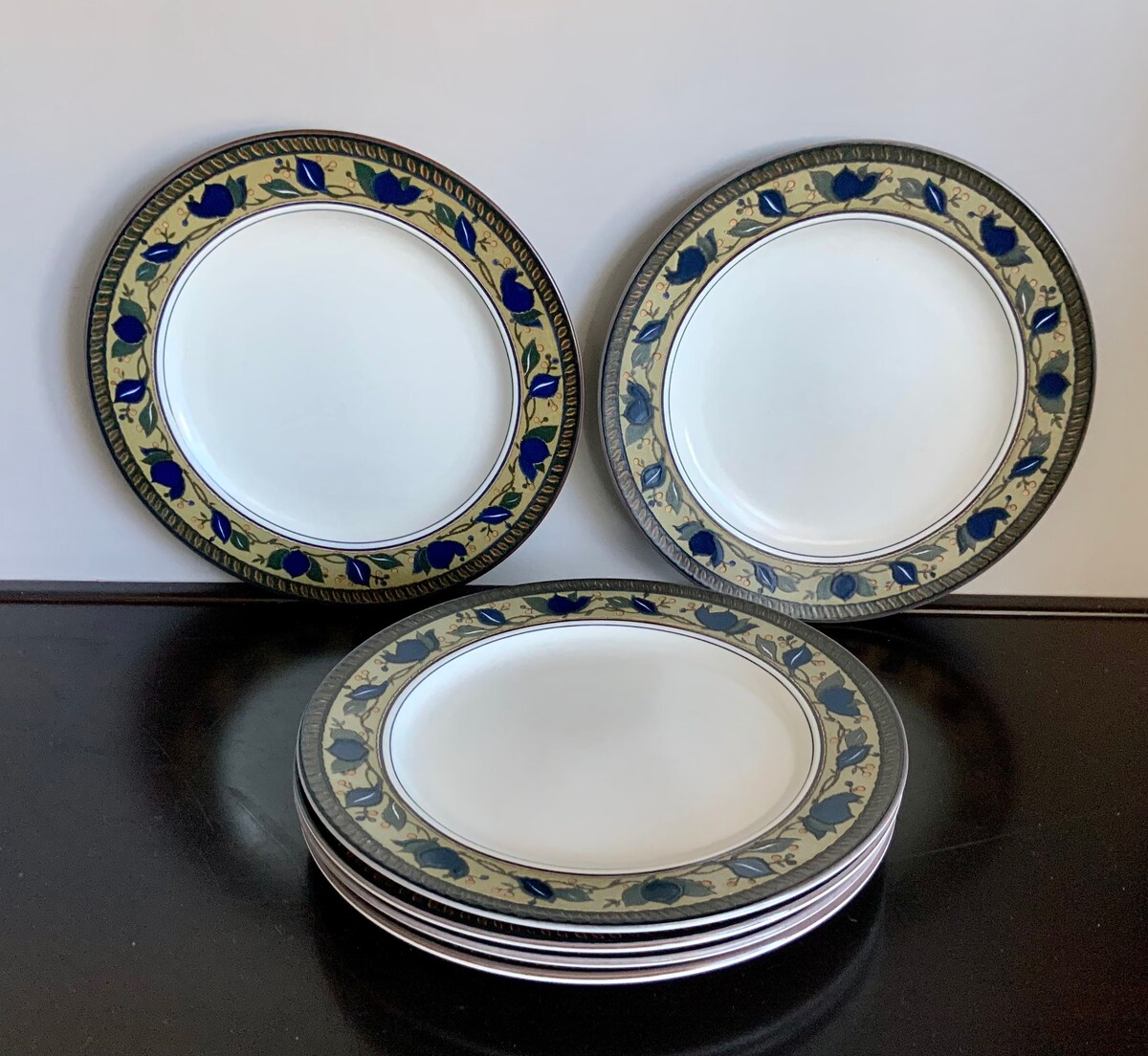
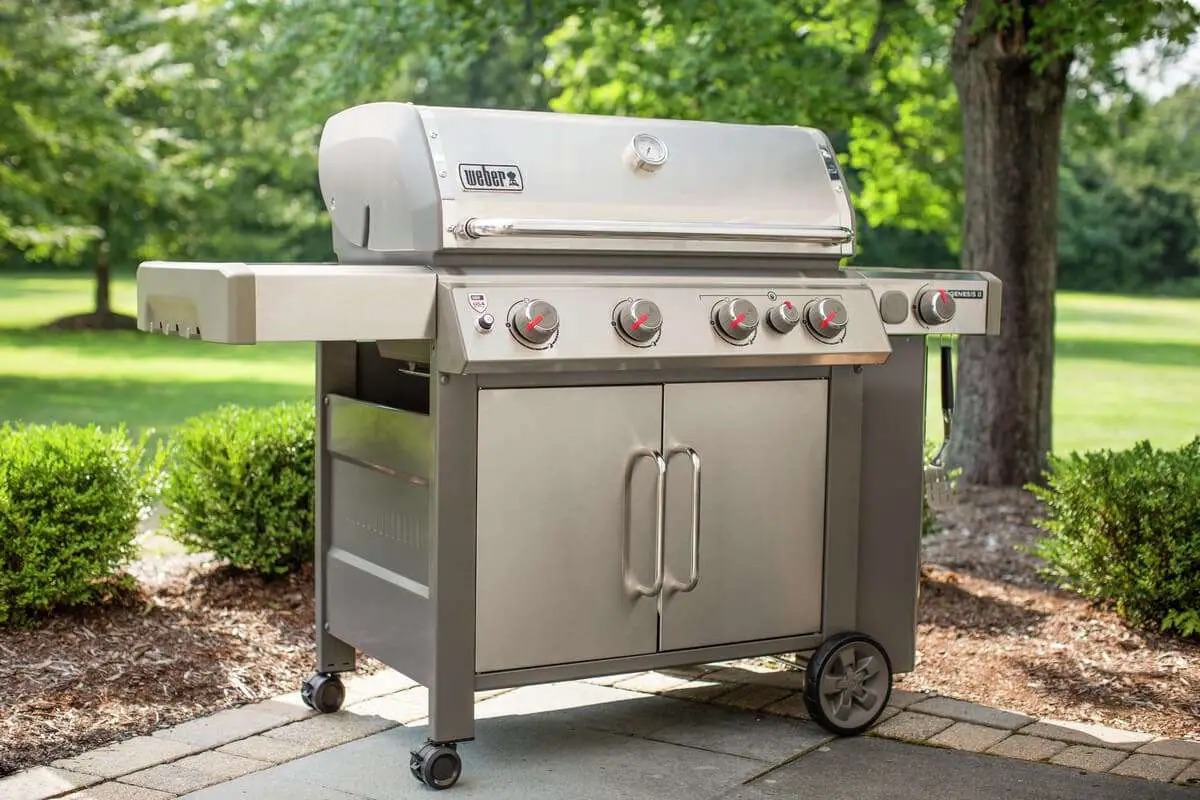

0 thoughts on “Where Is Nama Juicer Made”